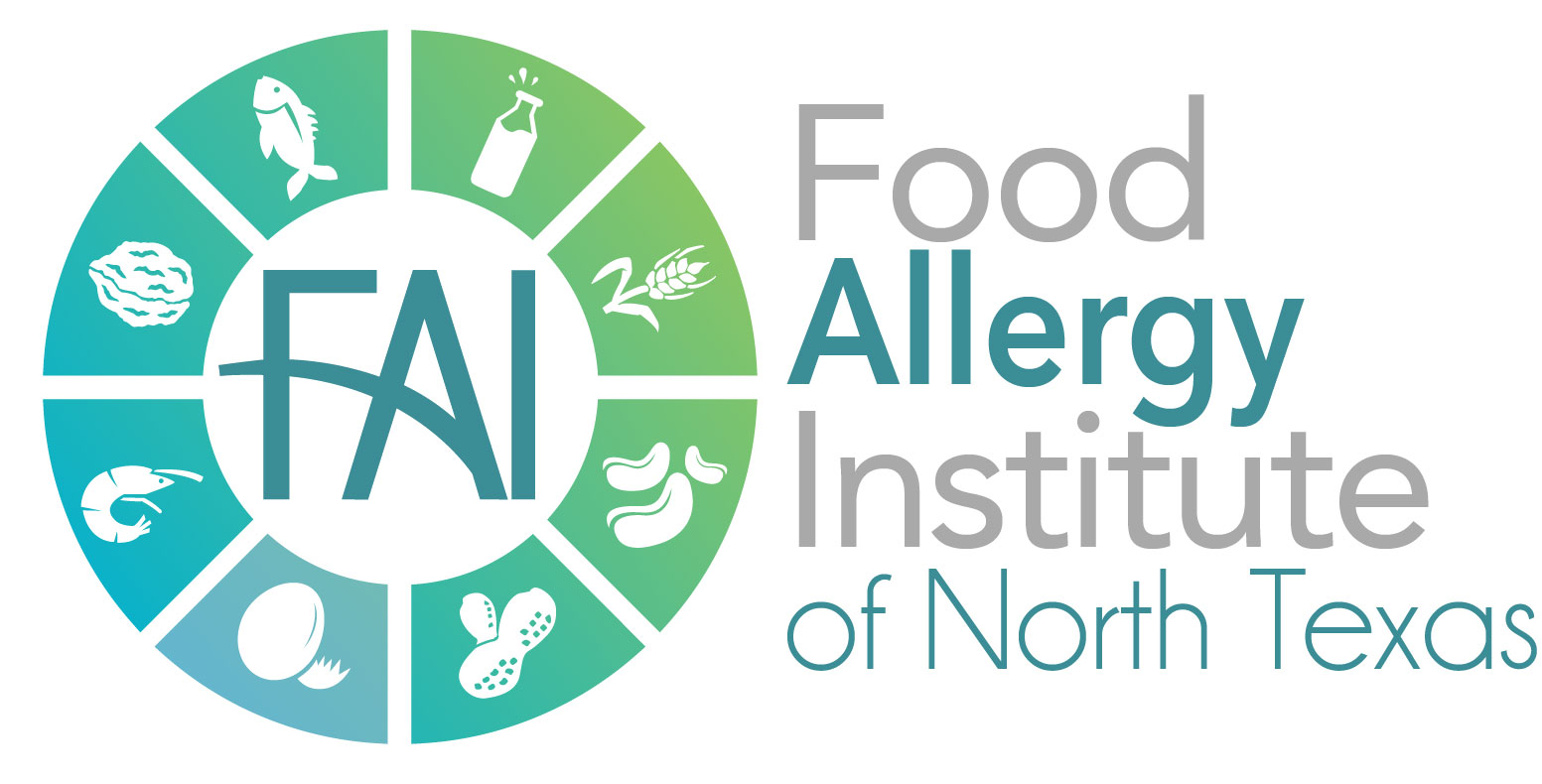
03 Mar Food Allergy vs. Food Intolerance
I often find that the terms “food allergy” and “food intolerance” are used interchangeably.
But really……. they are not the same thing.
Food Allergies
A true food allergy results when one’s immune system overreacts to an ordinarily harmless food. This is caused by an antibody called Immunoglobulin E (IgE). After production, IgE binds to allergy cells and waits to be activated by this offending food. Once these cells are stimulated, many chemicals and mediators are released (ex. Histamine) This sequence of events leads to an allergic reaction.
What causes food intolerance?
A food intolerance is an abnormal response to a food that is not an allergic reaction. In fact, it does not even involve the immune system. It is usually the result of an enzymatic effect defect in the body. An example of this is with milk intolerance in adults in which the body has a defect in the lactase enzyme and therefore cannot break down lactose, which is a sugar. This inability to digest this sugar can lead to uncomfortable GI symptoms such as abdominal pain, bloating, gas and diarrhea.
Examples of Types of Food Intolerances:
a) Lactose Intolerance- absence of an enzyme needed to fully digest the food
b) Irritable Bowel Syndrome: This chronic condition can cause cramping, constipation and
c) Sensitivity to Food Additives: An example can include sulfites in wine which can trigger asthma in some individuals.
d) Recurring stress of psychological factors
e) Celiac disease -The immune system damages the small intestine when gluten protein found in wheat, rye, or barley is ingested.
Life Impact of Food Allergies vs. Food Intolerance
Food allergies occur in 1-2% of adults and <10% of children. They are far less common than food intolerances.
Food intolerance can significantly affect your quality of life, but it is not life-threatening like a food allergy can be.
The severity spectrum for food allergies can vary from mild symptoms to a severe anaphylactic episode. Anaphylactic symptoms may include hives, lip swelling, vomiting, diarrhea, urticaria, angioedema, coughing, wheezing, and even cardiac arrest. This is why it is important for these patients to carry an epinephrine auto-injector with them at all times.
Food Allergies vs Intolerance Chart

Take Home Message
If you have a reaction to food, whether mild or severe, it is important to see your Board-Certified Allergist to determine if you have an intolerance or an IgE mediated allergy.
At the Food Allergy Institute (FAI) we will take the time to understand your concerns. Your Allergist will order tests if necessary and help you to identify and treat what is triggering your symptoms.
We can’t wait to help you. To make an appointment, please call 972-539-0086.
If you want to read more to learn about why we have food allergies, click here to read this blog.


